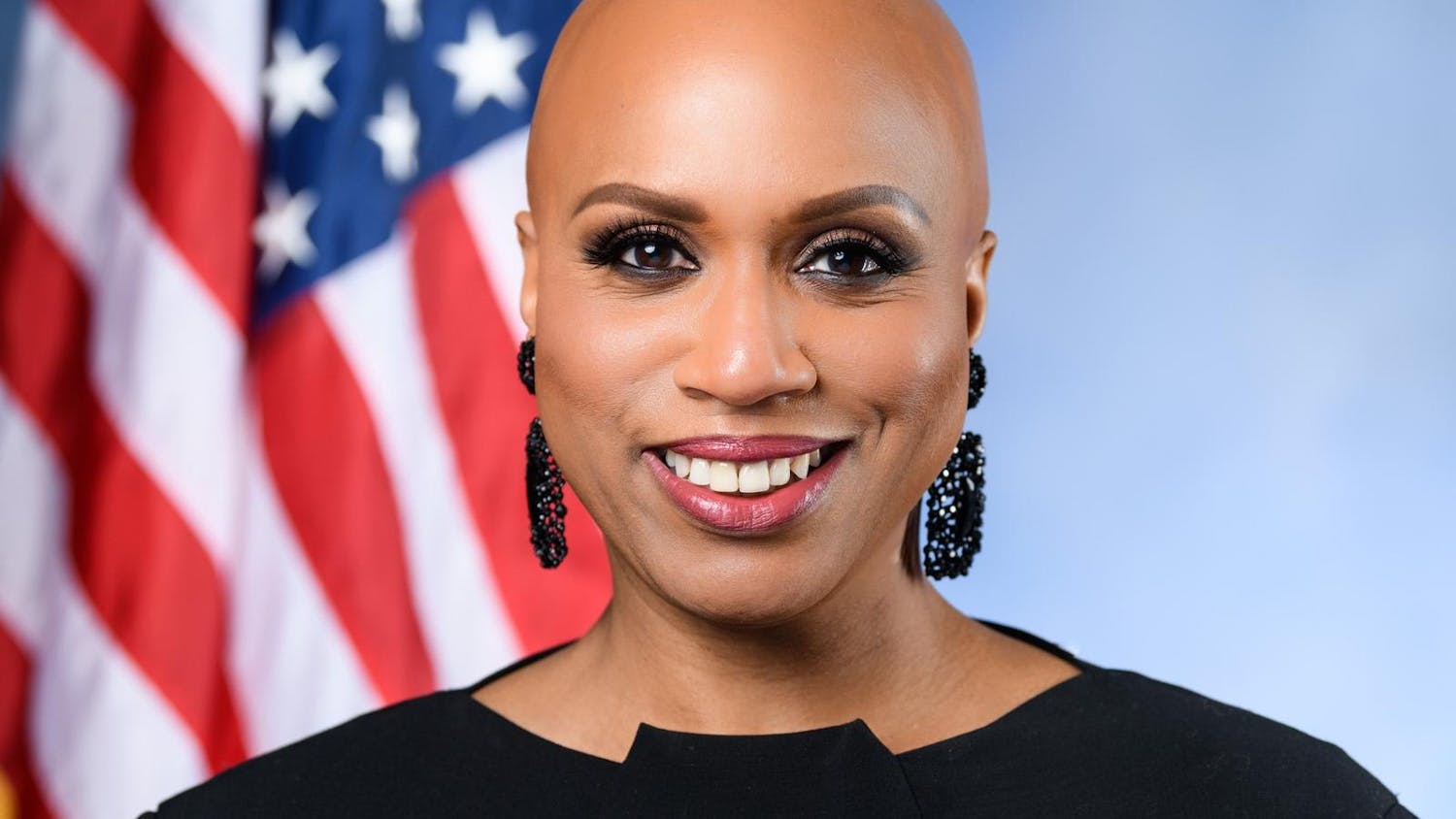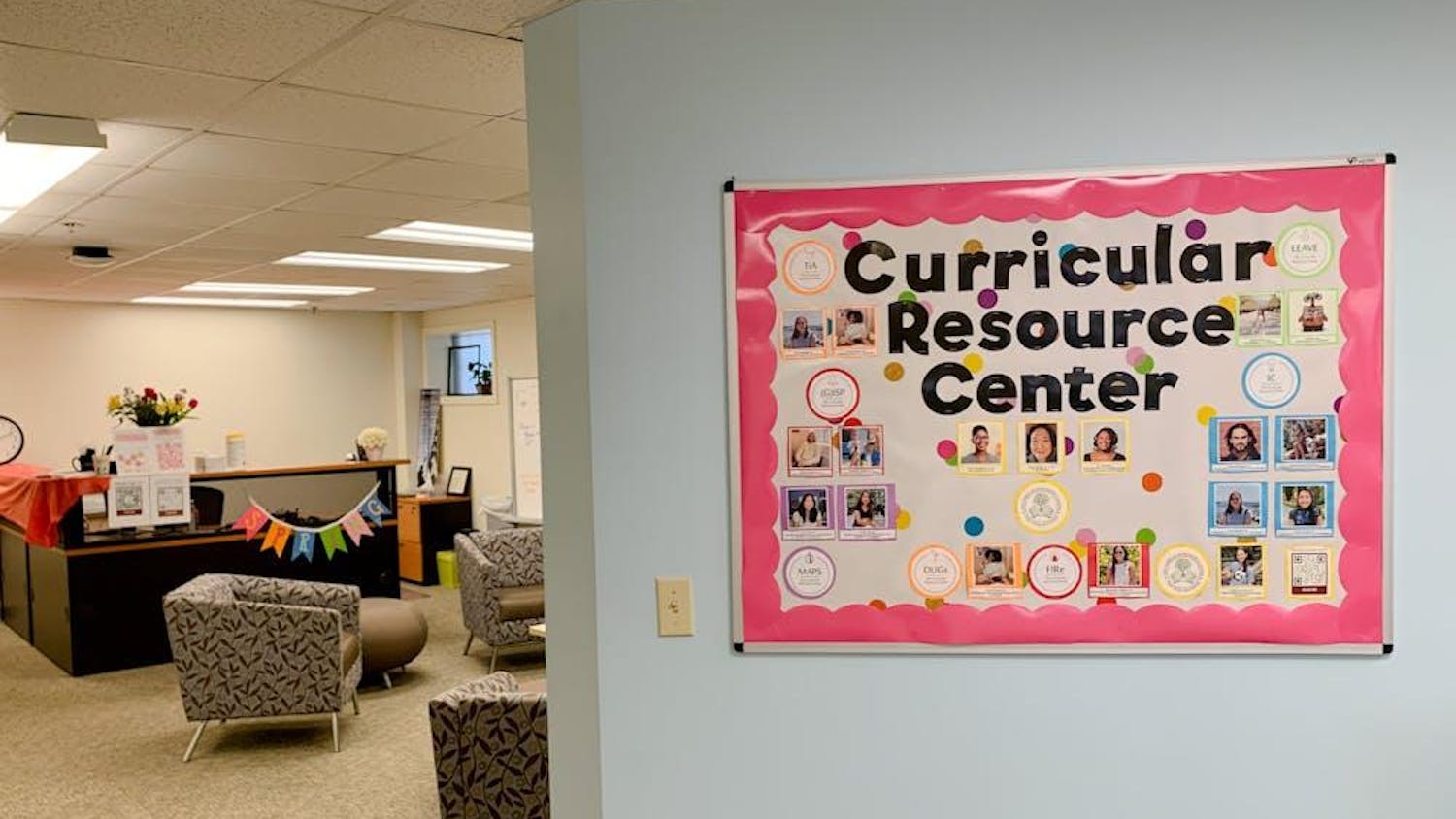Following the release of their interim reports in January, President Christina Paxson’s six strategic planning committees are gathering faculty input through a series of discussions and forums that will continue through the semester.
The committees will use the feedback as they finalize their reports in time for the Corporation meeting in May.
In an email to The Herald, Mary Louise Gill, chair of the Faculty Executive Committee and professor of philosophy and classics, wrote that a forum held Feb. 19 by the Committee on Faculty Recruitment, Career Development and Retention saw a “helpful discussion of the different needs of different divisions and disciplines in the University.”
Faculty members in the humanities expressed the need for “enhanced sabbaticals” to do research, Gill wrote, while faculty members from the sciences said they need lab technicians and support in applying for research funding.
Though some strategic planning committees have not yet held similar forums, their leaders said they expect positive feedback from the faculty.
“My sense is that faculty have responded with great support for the financial aid committee’s strategic planning report, although we are all mindful of the serious challenges involved in funding such recommendations,” wrote Susan Harvey, co-chair of the Committee on Financial Aid and professor of religious studies, in an email to The Herald.
The Committee on Online Teaching and Learning has not yet solicited faculty feedback but will do so in the near future, said the committee chair, University Librarian Harriette Hemmasi. She said she does not anticipate a great deal of resistance to the proposed initiatives — which include increased support for online teaching — because faculty participation will be voluntary.
“What the committee describes is experimental in nature,” she said. “So it’s encouraging faculty to consider making changes” but not mandating that they do so.
Hemmasi said rather than proposing specific changes, many of the recommendations outline plans for moving forward with projects that are already being informally undertaken, such as experimentation with online course content.
“Right now at Brown, if a faculty member wants to explore or experiment, there’s not really a set of guidelines or even a structure to help that faculty member experiment unless they do it themselves,” she said. Nevertheless, “there are many faculty who are already doing this themselves.”
Senior Lecturer in English Elizabeth Taylor, who will teach ENGL 0180: “Introduction to Creative Nonfiction” entirely online this summer, wrote in an email to The Herald that she supports the online initiatives, adding, “those of us creating online courses are being appropriately supported and reimbursed.”
Taylor expressed approval of the Committee on Educational Innovation’s suggestion that the University create 250 online courses in honor of its approaching 250th anniversary.
“I’m sure it has been well-researched, and it will act as an excellent incentive,” she wrote.
But Harold Roth, a member of the Faculty Executive Committee and professor of religious studies and East Asian studies, was more critical of the reports.
“There’s a lot of good stuff in all the reports,” he said, “but what we tend to look at is what’s not there.”
He said while the Committee on Faculty Recruitment, Career Development and Retention included “a lot of good things” in its report, it “ignored completely the fact that Brown is at the very tail end of our peer institutions when it comes to tuition assistance for employees,” a benefit he said is “important for faculty retention.”
He added that the committee also failed to address “retirement health care and general retirement benefits,” which he described as another of the University’s weaknesses.
Roth said he was disappointed to find no mention of either a “center for emeritus faculty” or a “campus meditation space” in the report by the Committee on Reimagining the Campus and Community, despite the fact that both were suggested at a forum the committee hosted in December.
Roth also expressed concern about the Committee on Reimagining the Campus and Community’s proposal to combine a number of humanities and social science departments into one building, saying such a measure would detract from the “uniqueness,” “independence” and “distinct identities” these departments enjoy. He said some faculty members perceive it as “another step” the University has taken toward emphasizing science, technology, engineering and mathematics at the expense of other fields.
The University seems to be “marginalizing the humanities and social sciences, decreasing their footprint in the University while expanding the STEM areas,” he said. “We’re concerned that the traditional areas that have been the heart of Brown’s liberal education are being de-emphasized.”
Roth said he was concerned the faculty did not have enough of a voice in forming the strategic planning committees. The FEC recommended 56 faculty members to serve on the committees, but Provost Mark Schlissel P’15 “only picked about a dozen,” Roth said. This number “does not instill great confidence that our counsel is being taken seriously,” Roth wrote in a follow-up email to The Herald.
“In the 28 years I have taught here, I would say that every administration begins with the idea that they will take the faculty’s wishes seriously into account in all decisions relevant to the faculty,” he wrote. “And then that resolve gradually slips away as time goes on. … It is the responsibility of the FEC to remind the administration of this resolve to regard the faculty as equal partners in the stewardship of our university rather than less ones.”
Gill wrote that she felt faculty voices are being heard.
“The provost and president are listening to the faculty,” she wrote, “and the president has proposed a dinner with the FEC to follow up on ideas the FEC officers presented to her last week.”
Schlissel said while he “asked the FEC to make suggestions” while choosing committee members, he did “make clear to them … that they were suggestions.” The final decisions could not be based exclusively on the FEC’s recommendations, he said, because other factors, such as the diversity of the committees, had to be taken into account.
He said the suggestion to combine humanities and social science departments into one building “came from the social scientists themselves” and was not intended to reduce the presence of these fields on campus. Few of the recommendations mention science, engineering and math at all, he said, let alone favor those areas.
“I’m confused and concerned that maybe I’m not communicating well enough with the campus,” he said. “If there’s a perception of a STEM bias, and it’s not the case, then I must not be communicating well.”
Schlissel said it is only natural for faculty members to be concerned about the impact of their input.
“I think the faculty in particular is anxious because we’re heading into a new era,” he said. “We’re trying to define what comes next, and I think it’s not surprising that many people are concerned that their interests, and what they think is best, is taken well account of in whatever plan we come up with.”
He said this anxiety may even be beneficial, as it encourages participation in the strategic planning process.
But participation is a “two-way street,” he said, and “people have to step up and be involved.” He added that while “many individuals are engaged,” often demonstrated through comments on the strategic planning website, outreach events are generally poorly attended. When the Committee on Faculty Recruitment, Career Development and Retention held a forum earlier this month, “maybe 20 people showed up,” he said. “There was good discussion, but there was a limited number of people.”
He said he hopes faculty members who wish to contribute to the strategic planning process in the coming weeks find “the appropriate forum to do so,” and added that faculty members can and do write and approach him.
“We hope to get as much input as possible, he said, “but at the end of the day we have to pull together the community’s best thoughts and ideas, and turn it into a road map for the years ahead.”
ADVERTISEMENT




